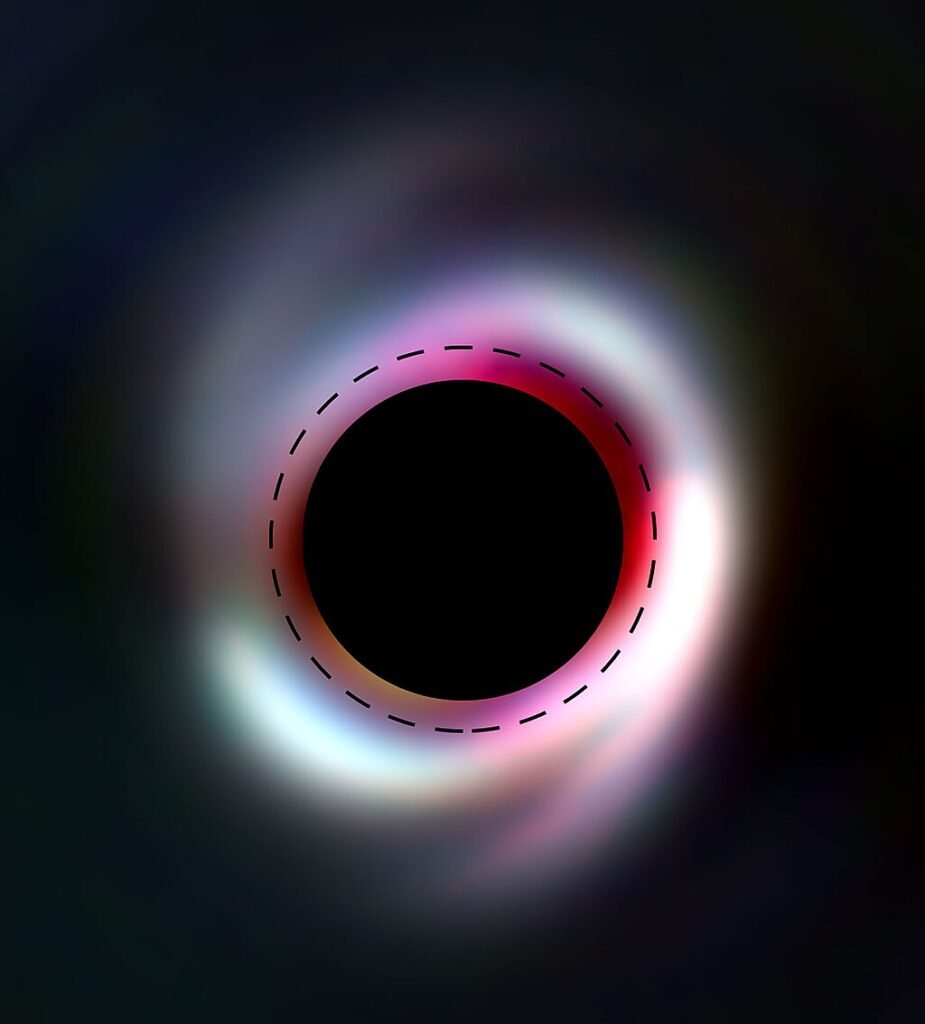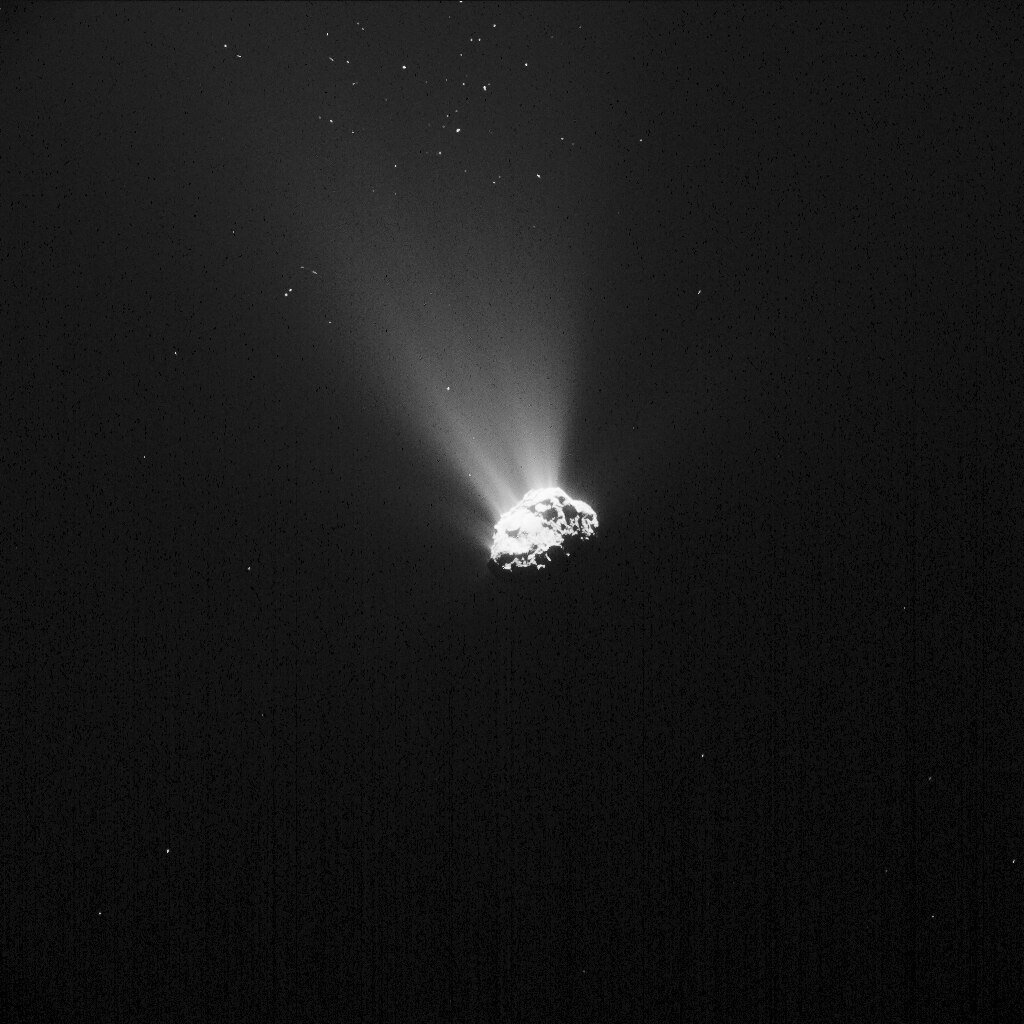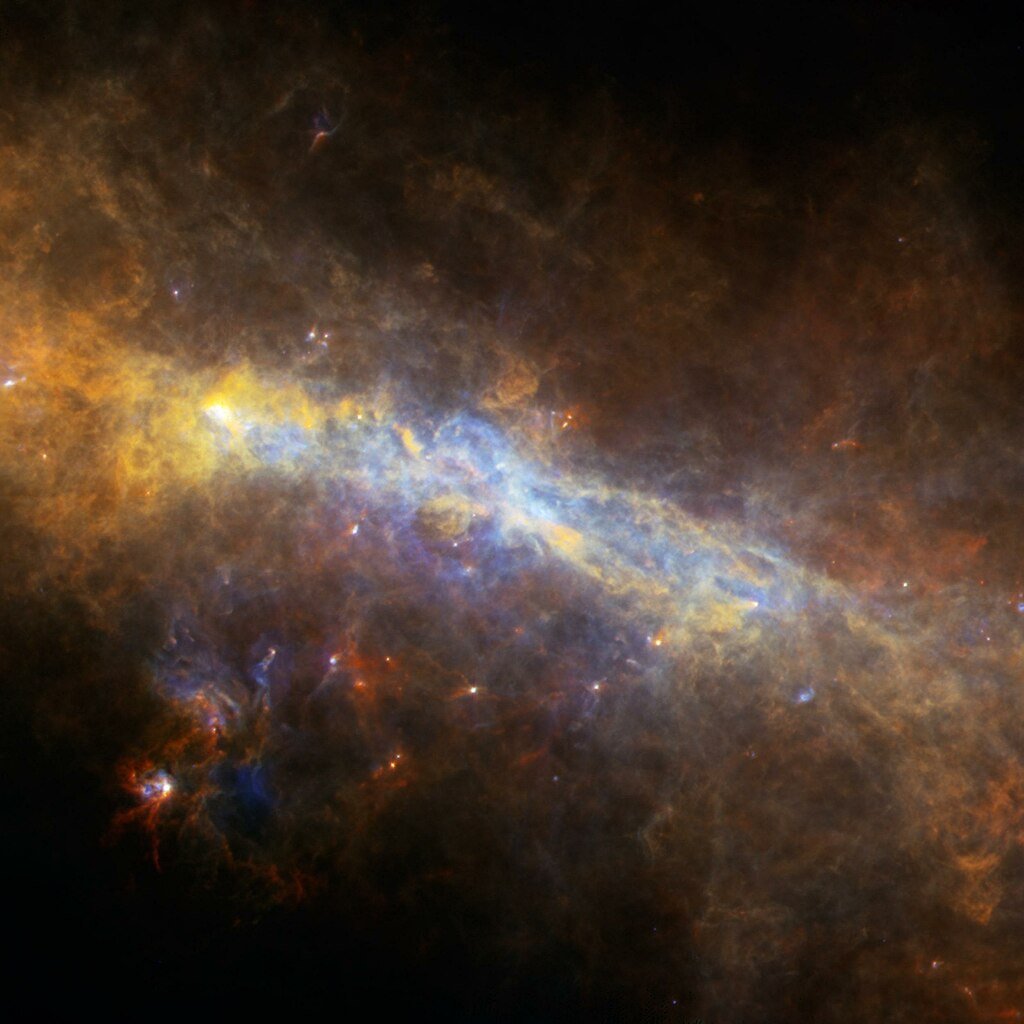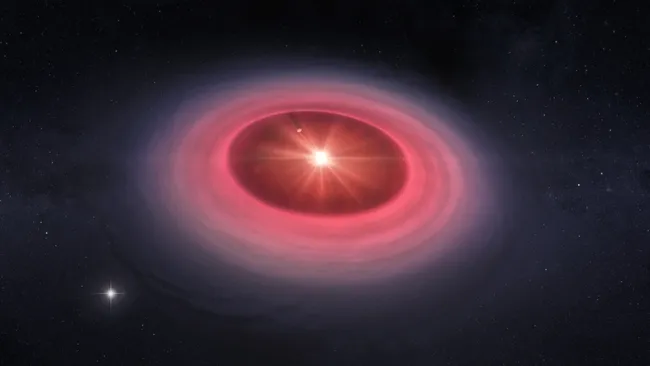A young star is surrounded by a swirling disk of gas and dust in the depths of the cosmos. This disk is full of alcohol. Astronomers using the Atacama Large Millimeter/submillimeter Array (ALMA) have found methanol, an important organic molecule, in the protoplanetary disk of a star called HD 100453. This star is 330 light-years away from Earth. But the presence of alcohol isn’t the only thing that makes this discovery so special. The discovery of rare isotopes of methanol could give us important information about how the building blocks of life got to Earth.
This discovery suggests that comets may have brought the same organic compounds that are found in distant star systems to early Earth, where they would have started the chemical processes needed for life. If this cosmic cocktail is real, it could finally help us understand why life started on Earth.
A Stellar Bar Serving Cosmic Alcohol

Methanol (CH₃OH), also known as wood alcohol, is a simple organic compound. However, it is also an important building block for more complex molecules like amino acids and proteins that are necessary for life as we know it. The team, led by Harvard and Smithsonian astrophysicist Alice Booth, found methanol and its isotopes in the disk of HD 100453, a star that is about 1.6 times as massive as our Sun.
In the past, when our solar system was younger, methanol would have been frozen in ice because the Sun’s heat was weaker. But HD 100453 is bigger, so these molecules stay in gaseous form farther out in its disk. ALMA’s powerful sensors can pick these up, giving scientists a rare look at the chemical makeup of a system that is making planets.
Why Isotopes Matter in the Search for Life
Isotopes are different versions of elements that have different numbers of neutrons, which changes their atomic weight. The methanol in HD 100453’s disk has deuterium (a heavy form of hydrogen) and carbon-13 (a heavier form of carbon), which are much less common than their normal forms.
According to Booth, “finding these isotopes is like finding a cosmic fingerprint.” “They tell us about the conditions that led to the formation of these molecules, whether they were in the cold depths of interstellar space or in the warmer protoplanetary disk itself.” Isotopic ratios may indicate if methanol originated from a star’s birth cloud or underwent transformation later, thus informing us how systematically organic chemistry evolves in nascent solar systems.
Comets: Cosmic Delivery Trucks for Life’s Ingredients

One of the most surprising things this research found is that the methanol ratios in HD 100453 are similar to those found in comets that pass through our solar system. This similarity suggests an interesting idea: that these icy remains picked up methanol while traveling through the Universe and brought it to Earth during its chaotic formation phase, where it helped build life.
Milou Temmink, one of the co-authors from Leiden University, stated this may be true because “comets are basically frozen time capsules.” They might have launched the chemical reactions that lead to life by bringing methanol and other organic chemicals to Earth.
How Earth’s Chemistry Might Be an Interstellar Legacy

The idea that space brought the building blocks of life isn’t new; meteorites have been known to have amino acids in them for a long time. This study, on the other hand, makes the case stronger that there were whole reservoirs of organic molecules in protoplanetary disks before planets even formed.
If comets full of methanol hit early Earth, they could have brought not only raw materials but also the energy needed for chemical reactions. When they hit, they would have melted and released compounds into the oceans that were there at the time. In its broadest sense, this process is called panspermia. It suggests that young planetary systems may have building blocks of life in common.
What This Means for the Search for Alien Life

If methanol and its isotopes are abundant in circumstellar disks of planet formation, it is plausible to assume that the necessary chemistry for life will emerge not as a coincidence but rather as an inevitability somewhere in the universe. For example, using future observatories like JWST, scientists could attempt to find similar organic signatures in other protoplanetary disks which would then help establish how often these life-sustaining conditions may occur.
As Booth remarks, “We aren’t just looking for water anymore.” “Now we’re looking for molecular cocktails that could mix together to make something much more complicated, maybe even life itself.”
Conclusion: A Toast to the Universe’s Role in Our Existence

Finding alcohol in deep space isn’t just a strange fact about the universe; it could be the missing piece in the puzzle of how life began on Earth. The universe may have been quietly preparing for biology billions of years before the first cells appeared, starting with interstellar clouds and ending with comet impacts.
As ALMA and other new telescopes look deeper into these stellar nurseries, we may soon find out if Earth’s recipe for life is special or just one of many cosmic drinks that are still out there.
Sources:

Jan loves Wildlife and Animals and is one of the founders of Animals Around The Globe. He holds an MSc in Finance & Economics and is a passionate PADI Open Water Diver. His favorite animals are Mountain Gorillas, Tigers, and Great White Sharks. He lived in South Africa, Germany, the USA, Ireland, Italy, China, and Australia. Before AATG, Jan worked for Google, Axel Springer, BMW and others.




